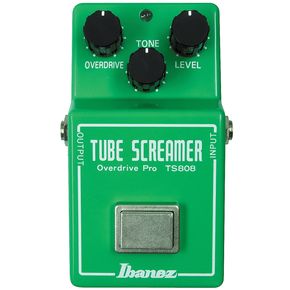In the electric world of the blues, there has been many guitarists who have set the standard in regards to playing, feeling, and tone. Among these guitarists are BB King, Albert King, Freddie King, Buddy Guy, Muddy Waters, etc. These guitarists started out quite early, playing a lot of gigs in the ’50s, ’60s, and ’70s. They showed the world how the blues should sound on electric guitar. Pretty much, these guys were untouchable. However, in the 80s’, a man by the name of Stevie Ray Vaughan came on the scene, and blew everyone out of the water with his amazing energy and godly technique. His bluesy style sounded like a mix of Jimi Hendrix and Albert King. And his tone was hot. So hot that it was on fire! Very biting and in your face, SRV’s sound was enough to knock you off your feet! Lets take a look at ways to cop his tone, so us mere mortals can get a taste of the Texas blues.
First off, we’ll talk about SRV’s amps. Its common knowledge that he was a fan of Fen der tube amps. He really liked Vibroverbs and Super Reverbs, usually running them in stereo to fatten up his sound. SRV’s clean tone was quite amazing, which is what Fender amps are popular for. Of course he ran his amps cranked in order to get that tube saturation.
der tube amps. He really liked Vibroverbs and Super Reverbs, usually running them in stereo to fatten up his sound. SRV’s clean tone was quite amazing, which is what Fender amps are popular for. Of course he ran his amps cranked in order to get that tube saturation.
Though just having the amp cranked definitely wasn’t enough overdrive for those rippin’ solos. Stevie used an Ibanez TS-808 tubescreamer to get his tone on the edge. In fact, sometimes he even used two of these pedals at once.
When it comes to the guitar, SRV was huge into Stratocasters. His main guitar looked quite beat up/relic’d which added to his look. The pickups in his strats are generally hotter than most other pickups. Using Fender Texas Specials will get you there. If you really want the sound, there is a SRV American Strat on the market, that looks just like his number 1. Also, don’t forget about the strings, as they play a big role in his tone. SRV often used quite heavy strings, 12s or 13s.
Other pedals Stevie would use are a Vox Wah, and a Univibe. For the wah, a Teese Picture Wah will do the job. And for the Univibe, either a Megavibe or Aquavibe will get you to the authentic vibes.
Once you get the rig set up, the last thing to do is analyze his playing, as his pick attack can get an array of different sounds. Check out the songs Texas Flood and Lenny, and take everything in. Those songs will help you get a feel for the tone. Have fun!